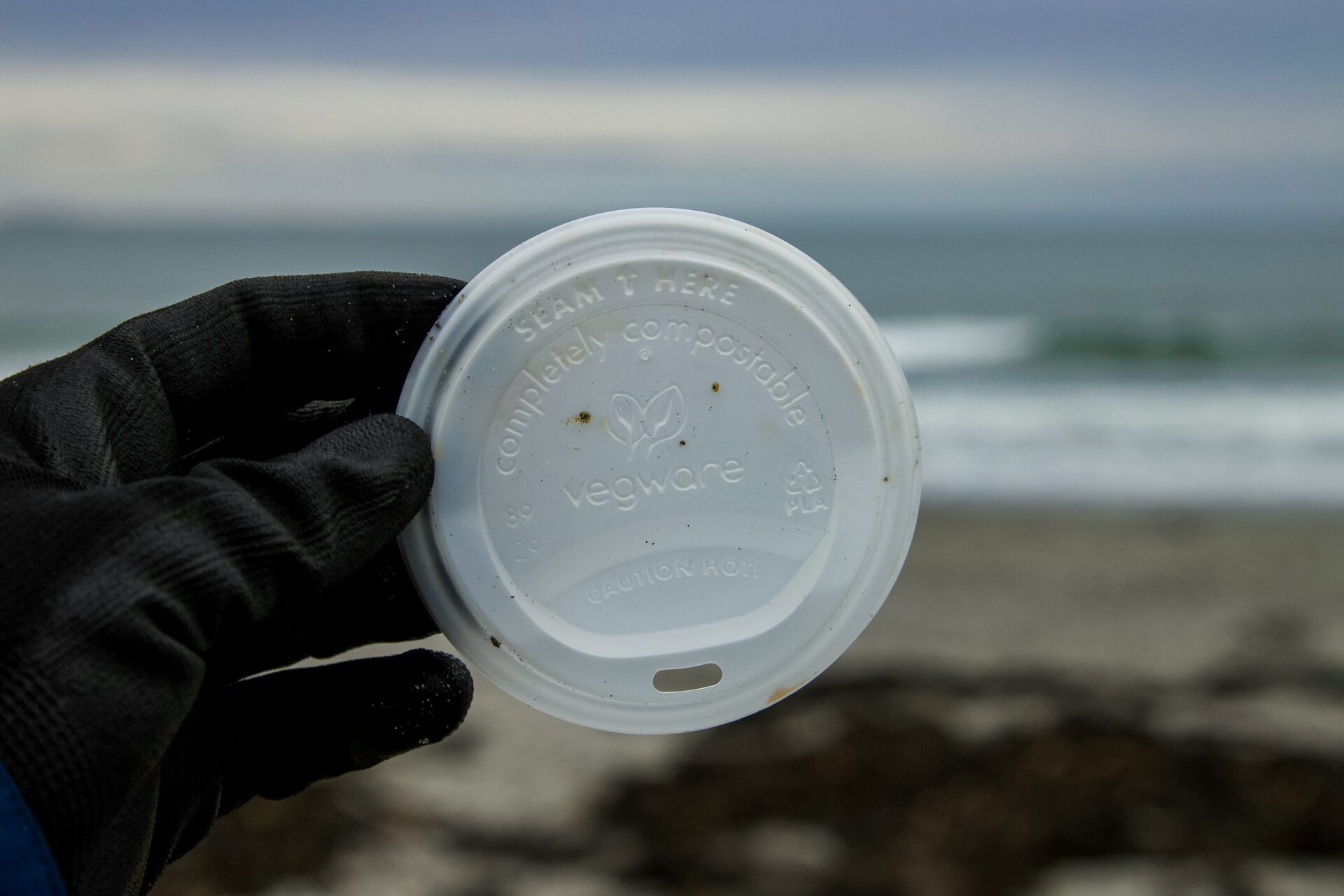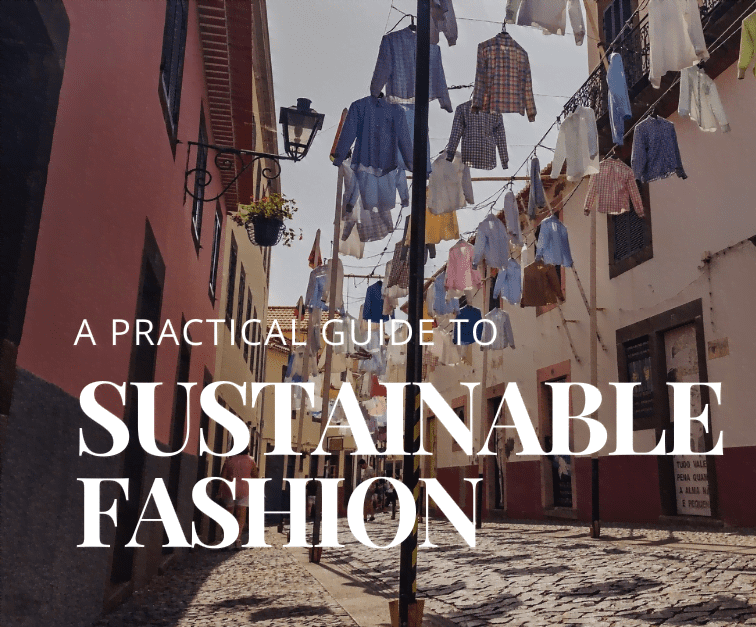The increase of eco-consciousness in industries like fashion, cosmetics, and daily goods is apparent in a world where environmental concerns have become crucial to consumer decisions. Due to the increase in demand for ethical products, several businesses have started using appealing labels like “vegan,” “cruelty-free,” and “sustainable.” However, the pernicious menace of “greenwashing” looms large despite the sincere efforts being made to save our world.
It’s essential to make wise decisions as you go to make your purchases reflect your principles. This guide will provide you with the information you need to distinguish true sustainability from simple marketing gimmicks, enabling you to promote honesty and encourage a truly greener future. Let’s embark on this enlightening journey together.
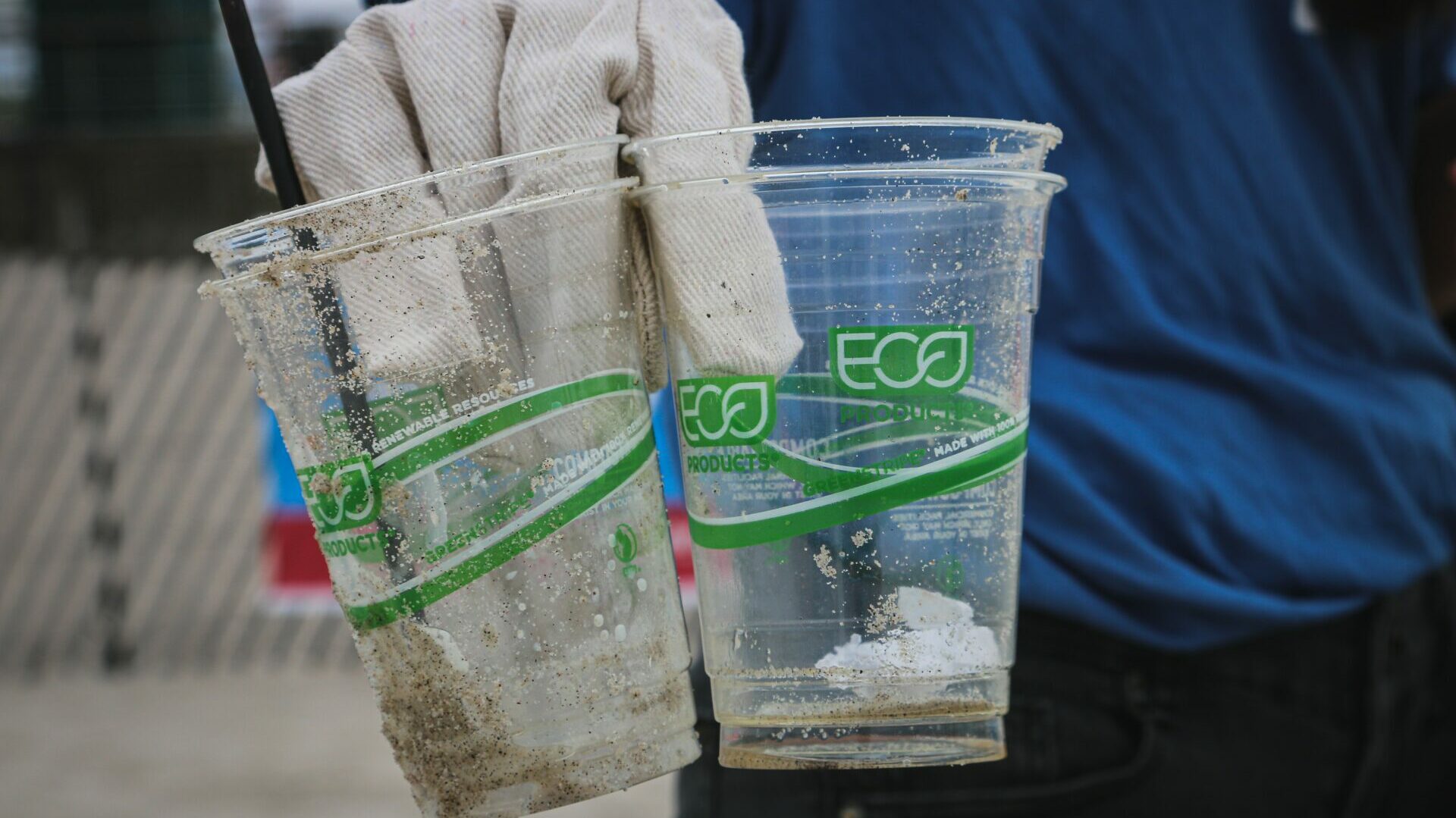
What is Greenwashing?
Greenwashing is the practice of businesses misrepresenting their goods, services, or whole brand as sustainable or environmentally friendly in order to deceive customers. These companies, like Asos, H&M and Zara, frequently overstate advantages to deceive, even if certain environmental claims may be true. Giants like these and others in the fashion business are a clear offender. Greenwashing, a term used to characterize this deceptive tactic, was first used in the 1980s, despite the fact that it is not a new issue.
This ploy capitalizes the growing environmental consciousness, but real green products back up their claims with evidence. Beware the mirage of false eco-virtue.
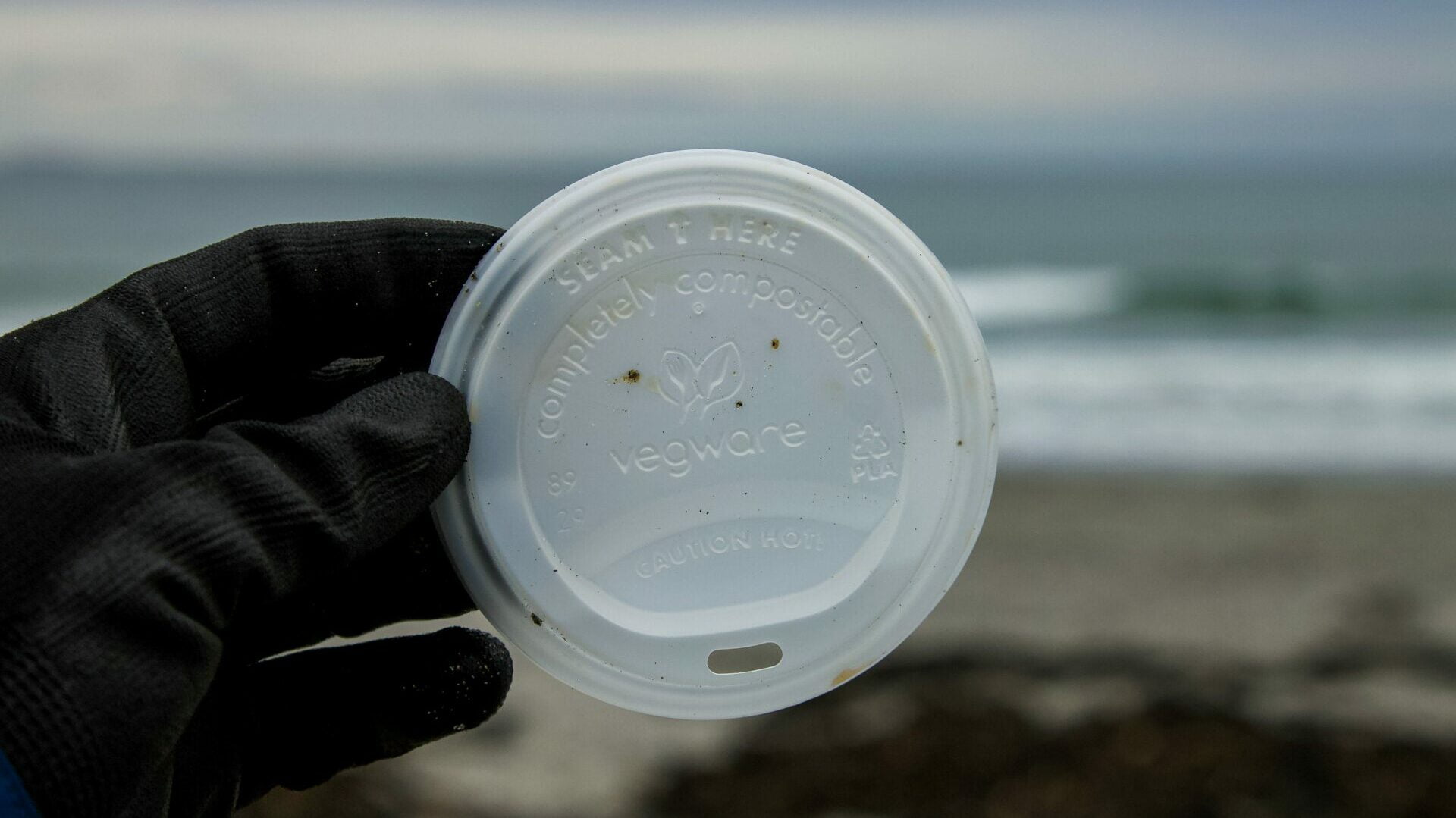
The danger of greenwashing is that it might mislead customers and undermine sincere environmental initiatives. The truth is more complex despite the facade’s seeming innocence. Greenwashing isn’t always done on purpose by companies; frequently, marketers and customers are both misinformed about it. However, this inadvertent deception spreads erroneous sustainability myths and misleads well-intentioned buyers.
Given the severity of the climate catastrophe, modern customers, especially members of Generation Z, approach purchases with an eye for the environment. They are willing to pay more for genuine eco-friendly options. Profiting from this, businesses may raise the pricing of purportedly eco-friendly products, making more money than they would otherwise. In the midst of these forces, the sustainability picture is becoming hazier, calling for caution in identifying genuine green efforts.
Businesses prioritize financial rewards from seeming to be ecologically conscientious over actually adopting ecological consciousness, which exposes exploitation. Brands covertly compete for eco-credibility without considering how marketing affects the environment. Pictures of pristine landscapes provide a sense of freshness but frequently lack supporting evidence. In the middle of this uncertainty, consulting reliable sustainable fashion directories is a wise move. These platforms aggressively promote genuine eco-conscious products, enabling you to successfully negotiate the maze of greenwashing.
Difference between Green Marketing and Greenwashing

The line between green marketing and greenwashing teeters precariously. Green marketing, as opposed to greenwashing, highlights goods or services with real environmental advantages. Businesses are compelled to practice ethical environmental and social responsibility while reducing their ecological impact. Realistic, sincere, and transparent, true green marketing complies with the following standards:
Greenwashing’s Impacts on Customers
The line between green marketing and greenwashing teeters precariously. Green marketing, as opposed to “greenwashing,” highlights goods or services with real environmental advantages. Businesses are compelled to practice ethical environmental and social responsibility while reducing their ecological impact. Realistic, sincere, and transparent, true green marketing complies with the following standards:
1. Excludes ozone-depleting components.
2. Incorporates recyclable or recycled materials.
3. Derives from renewable resources.
4. Manufactured through eco-conscious processes.
5. Minimizes packing.
6. Prioritizes reusability and repairability over disposability.

However, straying from sustainable practices turns green marketing into greenwashing. Beware of misleading terms like “eco-friendly,” “organic,” “healthy,” and “green,” which can confuse and deceive discerning shoppers.
The effects of greenwashing are extensive and significant in terms of consumer decisions. Being duped by false eco-friendly promises can undermine confidence and cause disillusionment as consumers look for goods and services that correspond with their environmental ideals. When people spend their money on things that claim to be sustainable but fall short, it not only leaves them disappointed personally but also harms the larger movement toward a more sustainable future. This decline in customer confidence may breed mistrust, making it difficult for firms who genuinely care about the environment to receive the attention and backing they need.
Furthermore, the effects of greenwashing go beyond straightforward business dealings. The cumulative effect of ill-informed consumer choices feeds a loop of unsustainable consumption, impeding the development of more ethical manufacturing methods and aggravating environmental problems. Customers who think they are acting morally could unintentionally support businesses that contribute to environmental problems like deforestation and pollution.
Recognizing the negative consequences of “greenwashing” might help consumers become more effective change agents. They may demand openness, look for reliable certifications, and reward companies that actually value sustainability when they are well-informed. Consumers have the power to bring about a fundamental change in the marketplace by making thoughtful decisions and ethical selections that promote truthfulness, authenticity, and a healthy world.
Want to read more like this?
Get similar stories and a free sustainability checklist delivered to your inbox.

Like our content?
Get similar stories and a free sustainability checklist delivered to your inbox.

Tips to Steer Clear of Greenwashing
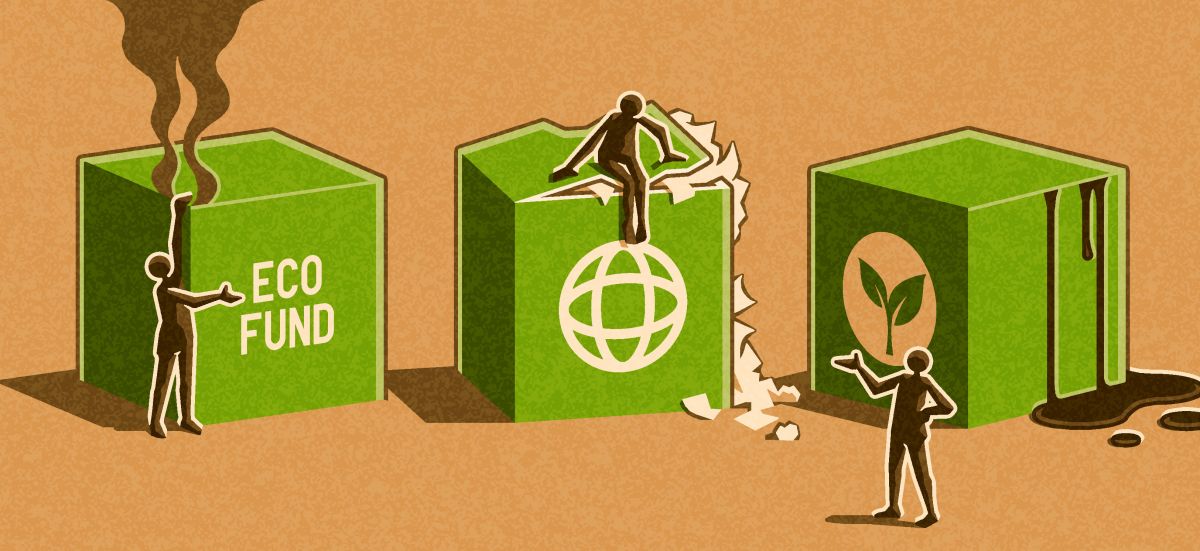
Consumer demand is essential for preventing greenwashing and fostering a truly sustainable global economy. Numerous admirable businesses, including those that are trying to be, promote their environmental stories. Despite the rarity of explicit “pure greenwash”—intentional misinformation—there are many cases that call for further examination. In order to avoid the problems of greenwashing, you should be mindful of the following essential branding practices:
1. Beware of Ambiguous Buzzwords: Phrases like “all-natural” and “eco-friendly” might be interpreted in a number of different ways. Choose clear language that clarifies how environmentally friendly a product or service is. Some companies use these phrases without supporting their assertions. If specifics are missing, investigate further to confirm their veracity; silence might indicate greenwashing.
2. Demand for Proof: Authentic environmental claims demand substantiation. Companies should provide documentation to back up their environmental claims and detail their eco-friendly procedures.
3. Banning Falsehoods: It is a violation of trust to provide falsified claims or data that has been altered in order to look credible.
4. Imagery Insight: A product’s images speak volumes. Utilizing images that give the impression that a product is eco-friendly while really not being so enters the category of deceptive marketing.
5. Green Product, Unethical Brand: The stark comparison of a green product to a polluting firm is an example of greenwashing. While promoting eco-friendly products, it is a classic situation if a company’s activities have a negative impact on the environment.
6. Trivial Tokenism: Highlighting one minor green aspect while the overall business ethos isn’t aligned to sustainability is a common pitfall.
7. Dubious Focus: Be wary of tactics that misrepresent the truth by greening a dangerous product to hide its risks.

The importance of openness and veracity in business environmental statements cannot be emphasized in a time when environmental awareness is of the utmost importance. Fighting greenwashing is more important than ever as investors and consumers alike want to associate themselves with really sustainable practices. Individuals may play a critical role in reducing the prevalence of deceptive greenwashing techniques by staying alert and knowledgeable.
Consumers may encourage a market that rewards sincere efforts to safeguard the environment by examining statements, investigating corporate practices, and demanding verifiable proof of sustainability. Additionally, promoting regulatory changes that impose stronger regulations on eco-labeling and environmental claims will level the playing field and make businesses responsible for their pledges.
Education is a potent tool against the attraction of greenwashing in the fight for a greener future. The more knowledgeable people grow about the subtleties of sustainability, the more able they are to differentiate between flimsy environmental marketing and serious environmental management.
The general public may collectively create a culture that values sincerity and sustainability by reading reliable sources of information, becoming involved with environmental advocacy groups, and promoting honest discussion regarding greenwashing. In the end, a really healthier world and economy, free from the misleading shadows of greenwashing, will be made possible by the combined efforts of consumers, regulators and ethical companies.
Examples of Greenwashing
As a watchdog against greenwashing, the US Federal Trade Commission (FTC) provides crucial insights and voluntary standards for honest green marketing. Here is a list of unsubstantiated assertions that illustrates the range of greenwashing:
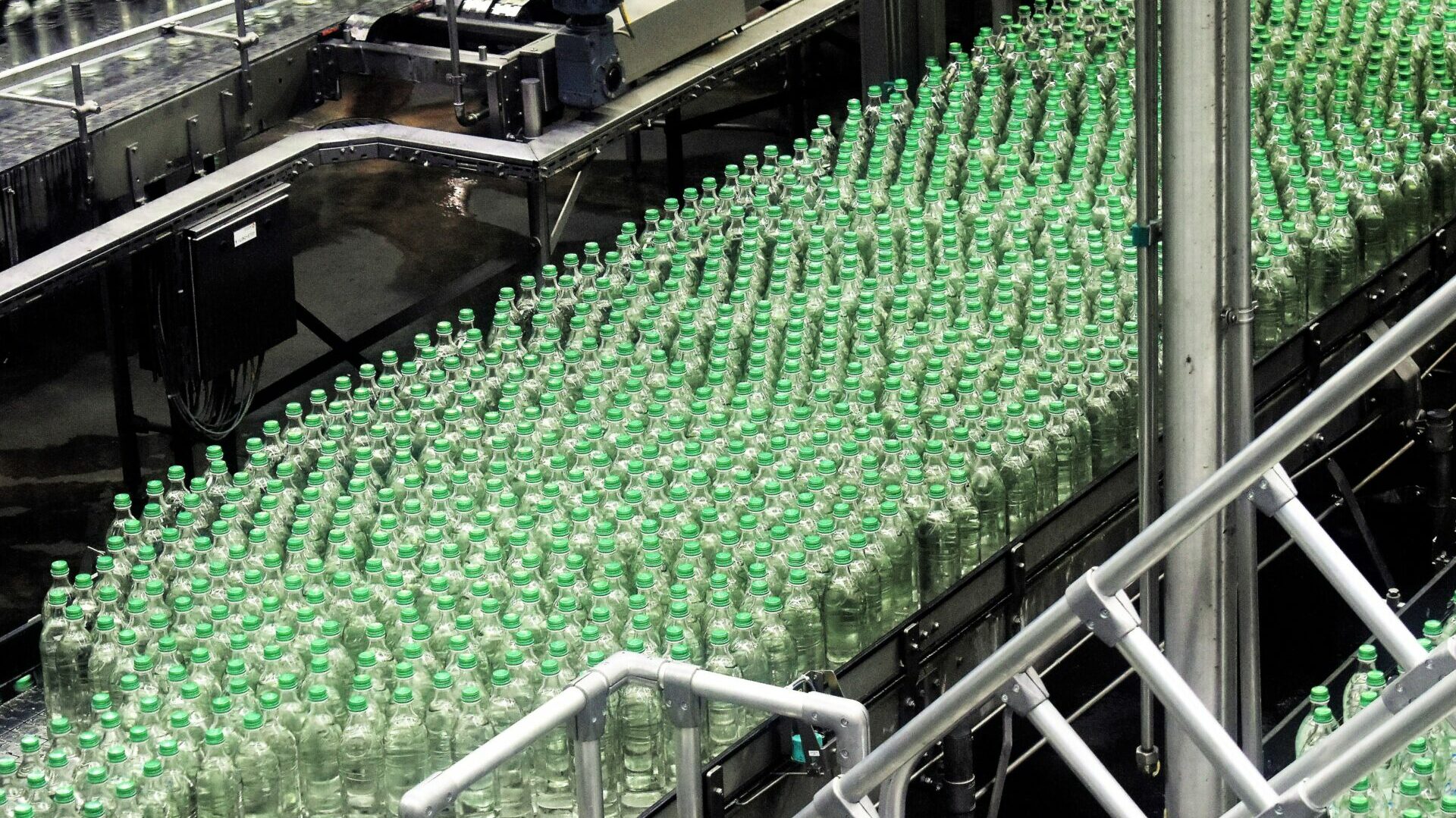
1. Rug’s Recycling Mirage: Despite the fact that the increase is only from 2% to 3%, an area rug’s label advertises “50% more recycled content than before.” Although technically correct, it gives the appearance that there is a high percentage of recycled fiber.
2. Apple’s Illusory Green Front: Apple promotes a green image, yet some of its tactics are financially motivated. Although opponents point out that the iPhone 12’s accessory-free shipment raises concerns about planned obsolescence’s e-waste, the move toward eco-friendliness is misguided, they say.
3. Trash Bag Deception: The word “Recyclable” on a garbage bag is misleading as trash bags frequently don’t go through separate recycling. There is no basis to the claimed environmental advantage.
4. Ambiguous Packaging: A shower curtain is contained in a plastic box that reads “Recyclable,” but it’s unclear if it refers to the packaging or the curtain itself. The assertion is false if recycling is not practical for any component.
5. Auto Industry’s Dual Play: While promoting their fuel economy and recyclable interiors, carmakers frequently disagree with pollution standards that they have publicly committed to meeting, which highlights a contradiction in their environmental commitment.
For more information, check out this article.
The danger of “greenwashing” is more apparent in a market where environmental concerns are regarded more highly. Recognizing these instances of dishonest behavior safeguards customers from making ignorant decisions and makes it very evident to businesses that sincere efforts toward sustainability are not optional.
Consumers can actively construct a market that preserves authenticity, accountability, and significant environmental progress by remaining watchful, demanding transparency, and supporting companies that actually adopt eco-conscious practices.
Conclusion
The rise of sustainability has become a cultural phenomenon, and businesses are leveraging it by adding a variety of eco-friendly features to their goods. However, some allegations go too far in stretching the truth. Through our purchasing decisions, we have a responsibility to uphold corporate openness, expose instances of greenwashing, and reward those that actually outperform.
Let’s work together to promote accountability and support businesses that genuinely contribute to society, channeling our economic influence in favor of constructive change. We all contribute to tackling the climate issue and directing the path toward a cleaner future by carefully choosing goods and services that support real environmental progress.
If you like this article, check out more from our Home & Lifestyle section!
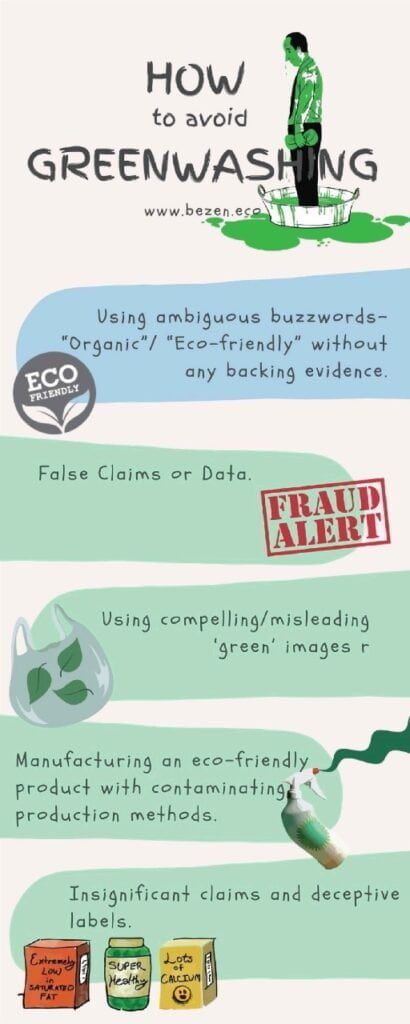
Want to read more like this?
Get similar stories and a free sustainability checklist delivered to your inbox.

Like our content?
Get similar stories and a free sustainability checklist delivered to your inbox.

